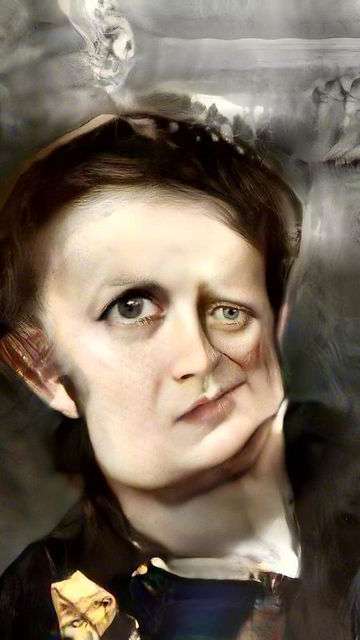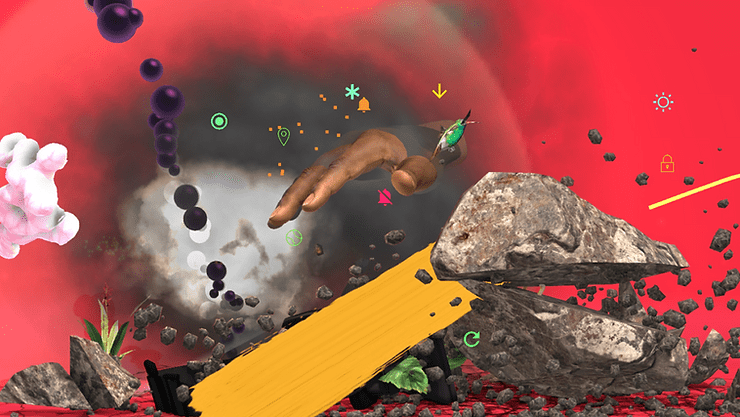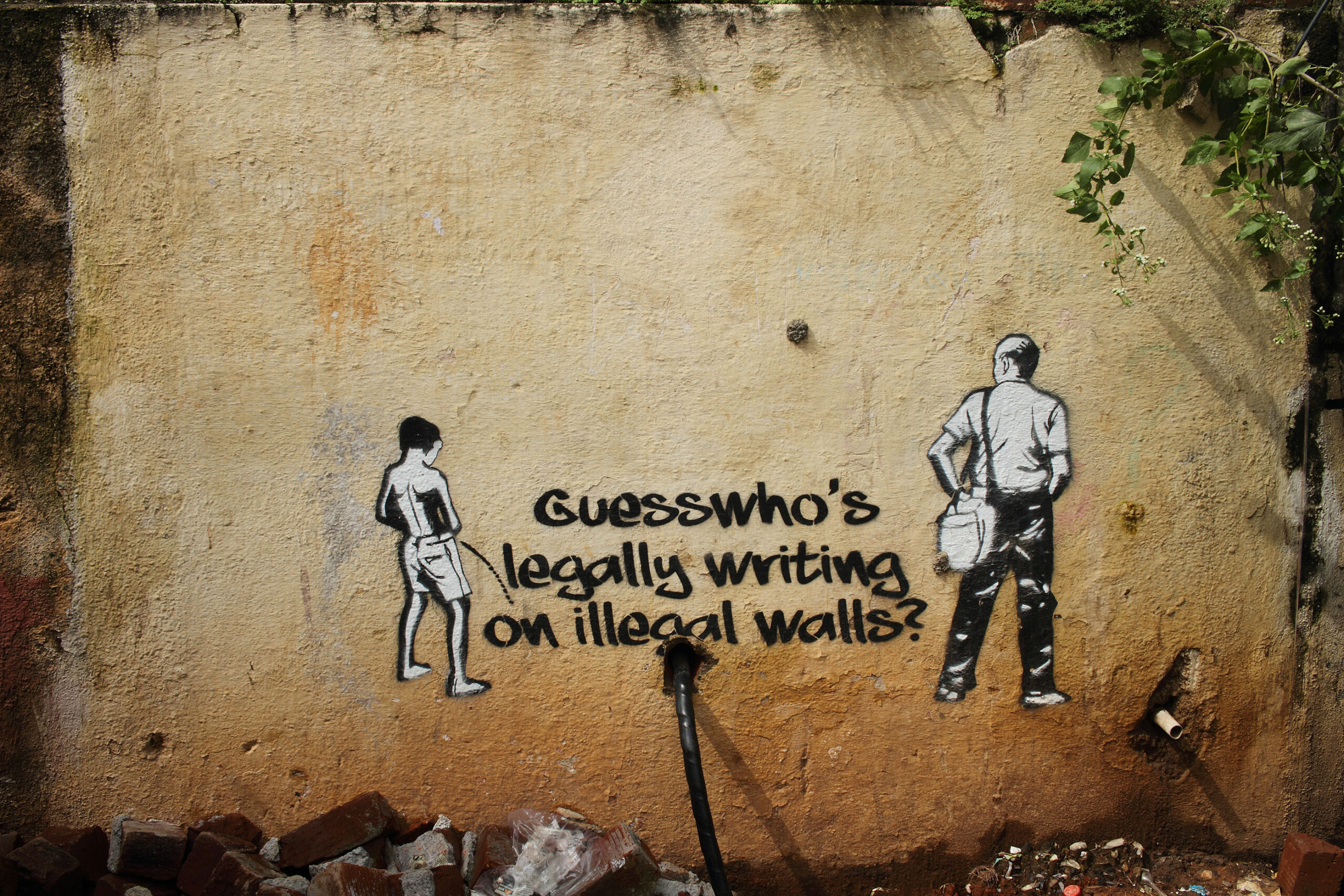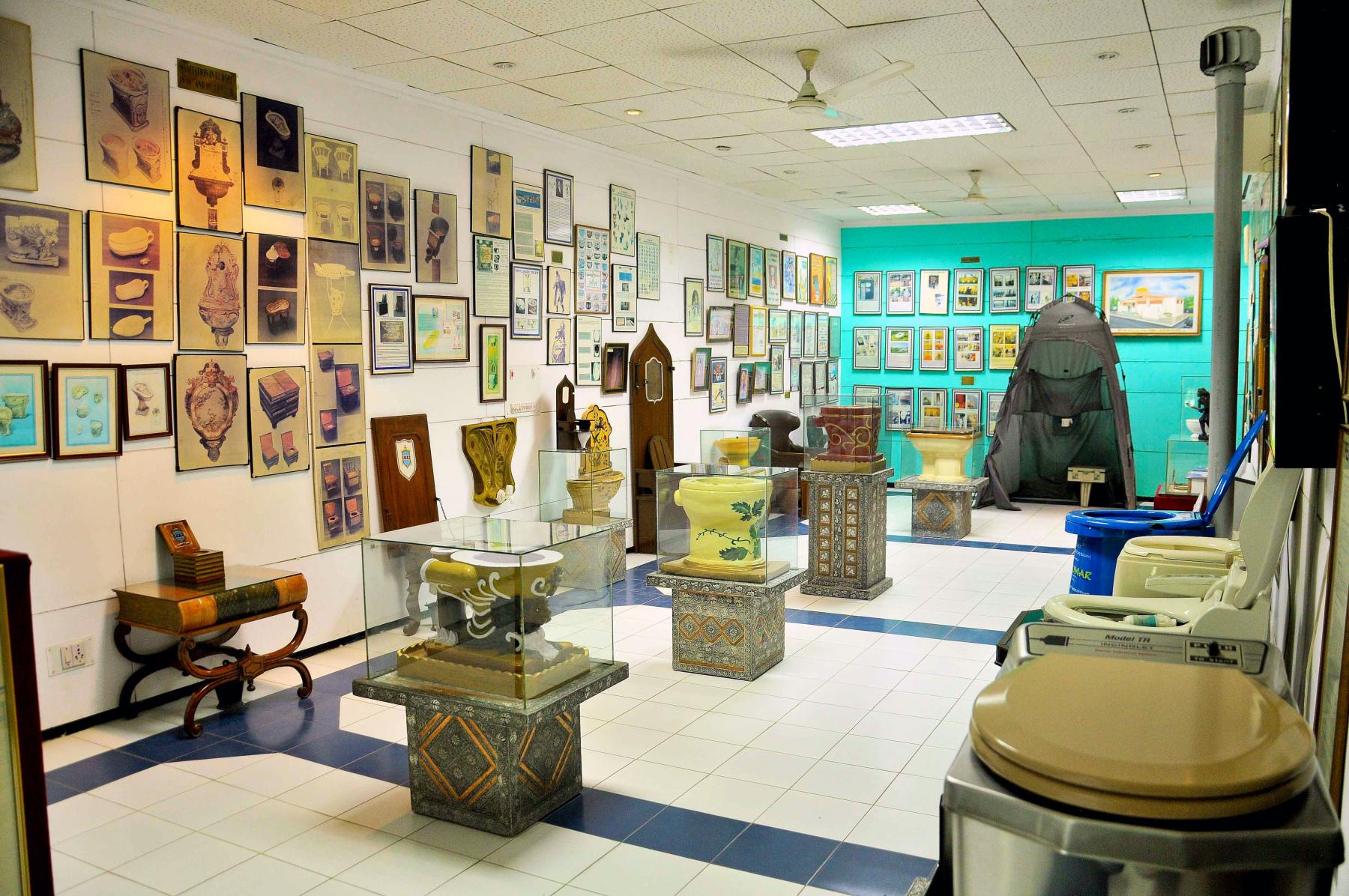If you’ve used Photoshop to create artwork, used the auto option to fix the lighting on your pictures over Google Photo, let YouTube que your music, then you realize that Artificial Intelligence has in some way improved your artwork, your taste in music or simply altered your photograph to give it the perfect lighting to make it Instagram ready!
Many artists are now using AI as a new medium to create art that goes beyond the simple clicks of the mouse to create a piece of work that you’re satisfied with. Artificial Intelligence is not limited to asking Alexa or Siri to answer your questions or switch your lights on. Our latest blog explores how Artificial Intelligence has been used by artists as an emerging genre of art styles.
What Exactly is AI?
In simple terms, AI or Artificial Intelligence uses algorithms that predict behavior through patterns fed to it, the more you feed into its database, the better it gets and your requests are performed with ease and precision. Similar to the way sketching or painting gets easier the more times you practice. AI has been seen as a threat to the art world, but in reality, it can only get better with the tools we’re providing to them.
AI has found its place in the artworld through dedicated exhibitions and auctions
In September of 2018, Nature Morte held its first exhibition of AI-created artworks titled “Gradient Descent”, curated by 64/1, an art curation and research collective by artist Raghava KK and economist Karthik Kalyanaraman. The exhibition brought together, for the first time in India, contemporary art and Artificial Intelligence.
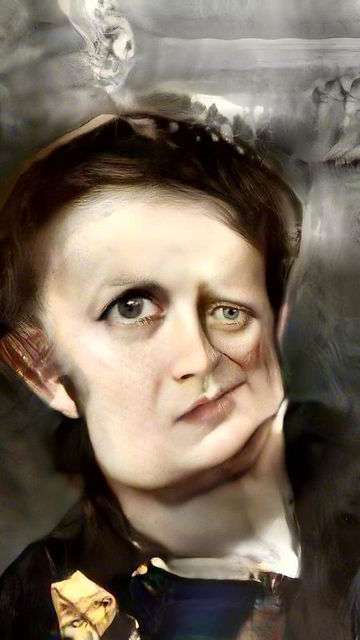
Gathering momentum and pioneering AI create artworks, two months later, Christie’s sold a portrait titled “The Portrait of Edmond De Belamy”, this was the first time an AI generated artwork was sold for an unexpected and whopping $432, 500 created by a Paris based art collective called “Obvious”. Doesn’t seem that obvious that it would fetch such a high price as it was intended to be priced at $7,000 to $10,000.

AI Generated Artworks are using algorithms to replicate and mimic previous art styles and universal concepts such as the meaning of life
‘The Next Rembrandt’
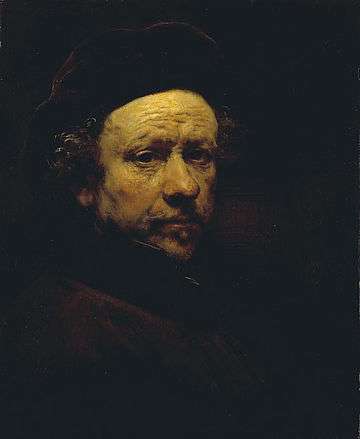
Rembrandt is known as one of the greatest visual artists in history, and every art student can identify his style from a mile away. Heralded as the man of Baroque painting, he inspired generations of artists to come.
Wouldn’t it be fitting to replicate one of the most revered men in the art world using modern technology? Microsoft seemed to think so.

This is how the “Next Rembrandt” a two-year project that was carried out by a team of technologists working with Microsoft, financial firm ING, Delft University of Technology and two Dutch art museums – Mauritshuis and Rembrandthuis, produced a 3D printed painting in the style of the Dutch master. The painting was replicated trying to mimic Rembrandt’s style as much as possible while remaining an original portrait, created with photos digitally tagged by humans, using data from his paintings that was gathered by computers.
Amazing in its capacity, one can notice the artist’s brushstrokes and his use of depth and light. But allowing AI to decide the fate did leave the creators admitting that substituting a Rembrandt is not viable, and his unique style will truly remain his and his alone.
Deep Meditations
If you’ve felt the spiked transcendence of meditation, or just sat in a park and felt that erotic oneness that nature makes you feel, artists are now using AI to replace our concepts of nirvana. This oneness can be experienced in “Deep Meditations”, a 1 hour long film that is presented as immersive, meditative and multi-channel video and sound installation by Memo Atkin. The London based artist has won many awards in his work using AI to reflect how we see the world.
Atkin downloaded photos from the popular photo-sharing website Flickr using the words “ everything, world, universe, space, mountains, oceans, flowers, art, life, love, faith, ritual, god, etc”, concepts he believed are essential to human life.
Atkin used AI to imagine new images based on those fed into the algorithm, creating a new world of landscapes, objects and ideas never seen before, but replicated, and created through our own experiences, those attributed to our conceptual understanding of the world
The results are a beautiful mix of the unknown and the familiar with organisms like morphs that speak through its neural imitation.
Who Owns Art Created By AI?
An ongoing debate in the artworld or even in the sphere of AI is the idea that artworks created by a machine would mean that the creator, in this case, the software would be the sole owner. But all is not black and white, there is a dominant gray area that soothes the wound of artists and collectors alike.
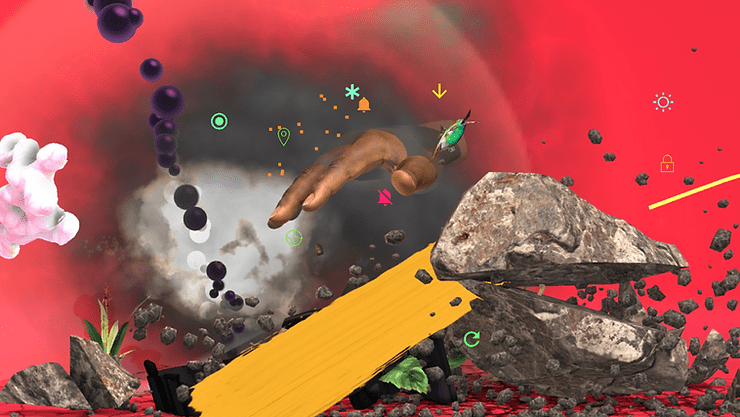
“Humans are deeply involved with every aspect of the creation and training of today’s AI technologies, and this will continue to be true tomorrow and for the foreseeable future,” says Jessica Fjeld, assistant director of the Cyberlaw Clinic at Harvard Law School.
Algorithms are only able to be created once they are fed with inputs from us, similar to the way our Photoshopped images and modified photographs are still our own, AI cannot make claim over our work. The human element debate has been a stronghold view that has been accepted, our emotion and emotional intelligence truly has been the masterpieces of our own works. Art has the ability to provoke, to comfort, add meaning and that remains ours, relegating the robotic traits to robots alone.
To bring in some Law into the mix, it is legally impossible for an entity, or software to be a sole proprietor of a work of art. Artificial Intelligence simply cannot be considered an artist, the owner is the individual whose creative input has created the artwork. And that individual is to be a legal entity/person.
There have been many legal battles that have been fought over the ownership, the most current being a famous selfie taken by a monkey from a photographer’s camera. The lawsuit claimed that “non-humans” cannot be considered artists, thereby bringing in PETA to fight for the monkey on his behalf.
But if AI can replicate human cognitive behavior, can we consider them as humans? No, they’re still considered “non-humans”, bringing the debate to a close.
The possibilities of AI in art for the future
With the growing popularity of AI in the art world, many artists are expanding their mediums to include Artificial Intelligence to create new pieces of work. AI in many ways is helping artists sell their work over the internet. Given that transporting and physically exhibiting art is a no-go right now, AI and website algorithms are pushing artists’ work to the right audiences. Online marketplaces such as Artfinder features work from artists around the world. The platform displays and sells authentic pieces of work from sculptors, painters, graphic artists and more, using AI to learn more about user preferences to match pieces that suit their tastes.
This can be a great system for auction houses to adopt, allowing them to provide curated tastes for their clients based on their spending patterns.
AI to prevent forgery
Quadruple digit auction sales and careful handling of priceless pieces of art from warehouse to warehouse, museums and galleries cannot afford to open their doors to the public to exhibit artworks that are fake.
Researchers from Rutgers University and the Atelier for Restoration & Research of Paintings in the Netherlands developed an AI system that can detect forged artworks, by just looking at a single brush stroke. The system also had a trained machine-learning algorithm that was able to look for specific features like the shape of a line in a stroke. Advanced technology has been able to rectify human error, which would lead to the reasonable threat felt by many when discussing the power of AI.
It’s safe to say that AI is not here to replace artists, neither pose a threat but rather in the most creative way, collaborate to make our experiences unique. Artificial Intelligence is yet another tool that we have created to ease our troubles and move us in a better direction. In the coming years, AI can be seen as a new way to create art, sell art and will change the relationship that we have shared. It’s giving art collectors a new genre of art to collect and it’s pushing galleries to extend their spaces to incorporate newer and vibrant technologies. We’ve explored the ways art can benefit from the advantages of AI and feel hopeful that the scope of the arts can be pushed and the status quo will see a change, bringing in artists of different genres together through different mediums.
Tell us what your first interaction with Artificial Intelligence and what benefits you feel the artworld can experience with this advanced technology in the comments below!
